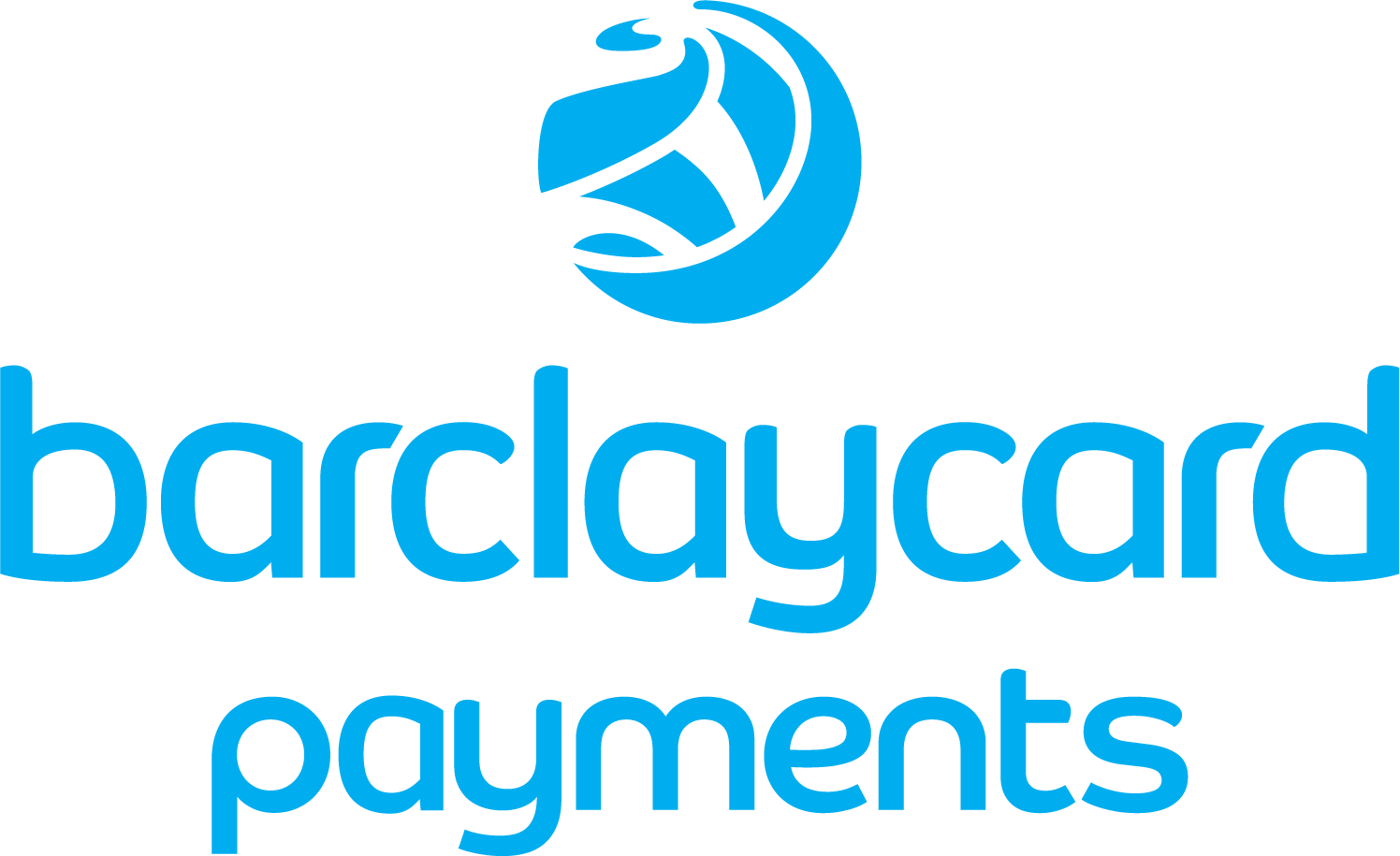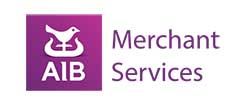- Accept card payments – lowest rates from 0.27%
- Keep your card processing fees to a minimum
- Direct access to the UK’s leading card processing banks
- We ensure your rates always remain competitive
No spam emails or calls
Choose from the payment methods then click Next
What's your turnover each month?
Enter the name of your company
Enter your company's postcode and contact number






The Best Ways for Taking Card Payments on Phone Effortlessly
In today’s fast-paced digital world, the ability to accept card payments has become a necessity for businesses of all sizes. Whether you’re a small business owner or managing a larger enterprise, offering seamless payment options can significantly enhance customer satisfaction and drive sales. Accepting payments on a phone provides flexibility and mobility for various businesses, allowing them to cater to evolving customer preferences. Additionally, accepting debit cards can attract more customers and mitigate the expenses associated with cash management. With the rise of mobile payments and the increasing popularity of contactless payments, taking card payments on phone has never been easier. This guide explores the best ways to accept payments effortlessly using your mobile device, ensuring your business stays ahead in the competitive UK market.
Why Accept Card Payments on Your Phone?
The shift from cash to digital payments has been accelerated by the convenience and security of mobile payments. Customers now expect to pay using their preferred payment method, whether it’s a debit card, credit card, or digital wallets like Apple Pay and Google Pay. For small businesses, the ability to accept card payments on a smartphone or tablet offers numerous benefits:
- Flexibility: You’re no longer tied to a fixed location. Whether you’re at a market, a client’s office, or on the go, you can accept payments anywhere.
- Cost-Effectiveness: Traditional payment terminals and POS systems often come with monthly fees and hidden fees. Mobile payment solutions are typically more affordable, with lower transaction fees.
- Improved Cash Flow: Funds from card payments are usually deposited into your bank account faster than handling cash.
- Enhanced Security: Mobile payment systems offer robust fraud protection, reducing the risk of losing cash or compromising card details. Additionally, the contactless payment method simplifies the payment process for both businesses and customers by allowing transactions through QR code scans.
Getting Started with Card Payments on Phone
Accepting card payments on your phone is a convenient and secure way to process transactions, making it easier for your business to meet customer expectations. To get started, you’ll need two essential components: a card reader and a mobile payment app. The card reader is a small device that connects to your phone, allowing you to process card payments, while the mobile payment app handles the transaction process and offers additional features like issuing customer receipts and tracking sales.
When choosing a card reader and mobile payment app, consider the following factors:
-
Compatibility: Ensure the card reader and app are compatible with your phone and operating system. This will prevent any technical issues and ensure smooth transactions.
-
Security: Look for a card reader and app that offer robust security features, such as encryption and tokenization, to protect sensitive customer information.
-
Fees: Check the transaction fees and any additional costs associated with the card reader and app. Understanding these fees upfront can help you avoid unexpected expenses.
-
Ease of Use: Choose a card reader and app that are user-friendly and easy to navigate. This will make the payment process quicker and more efficient for both you and your customers.
Some popular mobile payment apps include Square, Stripe, and SumUp. These apps offer a range of features, including contactless payments, online invoicing, and inventory management, making them versatile options for various business needs.
How to Accept Card Payments on Your Phone
There are several ways to accept payments using your phone, each catering to different business needs. Below are the most effective methods:
Tools like Square Online and SumUp simplify the process of accepting online payments, emphasizing the ease of setup and integration into existing platforms. This helps small businesses increase their online sales while managing customer transactions securely.
1. Mobile Card Readers
A card reader is one of the most popular tools for taking payments on the go. These compact devices connect to your smartphone via Bluetooth or a headphone jack, allowing you to accept debit and credit card payments effortlessly. Many card readers support contactless payments, enabling customers to tap to pay using their physical card or digital wallets.
-
Pros: Portable, easy to use, and supports major cards like Visa and Mastercard.
-
Cons: Requires a small hardware investment, though many providers offer affordable options.
2. Payment Apps
Numerous apps allow you to accept card payments directly on your phone without additional hardware, making accepting payments more flexible and mobile. These apps often come with features like invoicing, tracking sales, and fraud protection.
-
Pros: No need for a card reader; all you need is your smartphone.
-
Cons: Some apps may charge higher transaction fees.
3. Virtual Terminals
A virtual terminal is a web-based payment system that lets you accept online payments or payments over the phone. You can manually enter card information (such as the card number and expiry date) to process transactions.
-
Pros: Ideal for small businesses that don’t require in-person payments.
-
Cons: Less secure than chip-and-PIN or contactless payment methods.
4. Digital Wallets and Google Pay
Integrating digital wallets like Apple Pay and Google Pay into your payment system can attract new customers who prefer a contactless payment method. These wallets store card information securely, allowing customers to pay with just a tap.
-
Pros: Fast, secure, and increasingly popular among UK consumers.
-
Cons: Requires a compatible device and payment terminals.
Choosing the Right Payment Solution for Your Business
When selecting a payment method, consider the following factors:
- Transaction Fees: Compare costs across providers. Look out for hidden fees like monthly fees or extra cost for contactless payments.
- Ease of Use: Ensure the payment system is user-friendly for both you and your customers.
- Security: Opt for solutions with robust fraud protection and encryption to safeguard card details.
- Integration: Choose a payment system that integrates seamlessly with your existing POS systems or invoicing tools. Additionally, consider how online payments can be integrated with these systems to facilitate e-commerce, using tools like Square Online and SumUp to simplify the process of accepting payments online.
- Customer Preferences: Consider the payment options your customers prefer, such as debit card, credit card payments, or digital wallets.
Security Features for Credit Card Payments
Credit card payments involve handling sensitive information, making security a top priority. Ensuring that your payment system is secure can protect your business and your customers from potential fraud. Here are some essential security features to look for in a credit card payment system:
-
Encryption: A payment system that uses end-to-end encryption ensures that sensitive information is protected from the moment it is entered until it reaches its destination.
-
Tokenization: This process replaces sensitive information with a unique token, making it difficult for hackers to access the original data. Tokenization adds an extra layer of security to your transactions.
-
PCI Compliance: Ensure that your payment system is PCI compliant, meaning it meets the Payment Card Industry Data Security Standard. This compliance is crucial for maintaining the security of cardholder data.
-
Two-Factor Authentication: Adding an extra layer of security, two-factor authentication requires a second form of verification, such as a code sent to your phone, to complete a transaction.
Popular payment systems like Square, Stripe, and SumUp offer robust security features, including encryption, tokenization, and two-factor authentication, to protect sensitive information and provide peace of mind.
Best Practices for Card Payment Security and Compliance
To ensure card payment security and compliance, it’s important to follow best practices that protect your business and your customers. Here are some key steps to take:
-
Use a Secure Payment System: Choose a payment system that offers robust security features, such as encryption and tokenization, to safeguard sensitive information.
-
Keep Software Up to Date: Regularly update your payment system software to ensure you have the latest security patches and features. This helps protect against new threats and vulnerabilities.
-
Use Strong Passwords: Implement strong, unique passwords for your payment system and ensure that employees do the same. Strong passwords are a fundamental defense against unauthorized access.
-
Monitor Transactions: Regularly monitor transactions for any suspicious activity. Promptly report any issues to your payment system provider to address potential security breaches.
-
Train Employees: Educate your employees on card payment security and compliance best practices. Ensuring they understand the importance of security can help prevent accidental breaches and improve overall security.
By following these best practices, you can help ensure card payment security and compliance, reducing the risk of data breaches and fines. Implementing these measures will protect your business and build trust with your customers.
Benefits of Mobile Payments for Small Businesses
For small businesses, accepting payments on a phone offers a competitive edge. Here’s why:
- Increased Sales: Customers are more likely to make a purchase if they can pay using their preferred payment method.
- Improved Cash Flow: Card payments are processed faster than cash, ensuring quicker access to funds.
- Enhanced Customer Experience: Offering contactless payments and mobile payments caters to modern consumer preferences.
- Better Record-Keeping: Mobile payment solutions often include features for tracking sales and managing data, simplifying your business operations.
Common Challenges and How to Overcome Them
While accepting card payments on your phone is convenient, it’s not without challenges:
- Security Concerns: Protect your business and customers by using payment solutions with advanced fraud protection. Additionally, accepting debit cards can help mitigate security concerns associated with handling cash.
- Hidden Fees: Read the fine print to avoid unexpected costs.
- Device Compatibility: Ensure your smartphone or tablet is compatible with the chosen payment system.
- Network Issues: A stable internet connection is crucial for processing transactions.
The Future of Mobile Payments in the UK
The UK is at the forefront of the mobile payments revolution, with contactless payments and digital wallets becoming the norm. As technology evolves, small businesses must adapt to stay competitive. By embracing payment solutions that allow you to accept payments effortlessly, you can meet customer expectations, streamline operations, and grow your business. Additionally, integrating online payments through tools like Square Online and SumUp can simplify the process of accepting payments online, helping businesses increase their online sales while managing customer transactions securely.
Taking card payments on phone is no longer a luxury—it’s a necessity for modern businesses. Accepting payments on a phone provides the flexibility and mobility that today’s businesses need. Whether you’re a small retailer, a service provider, or an e-commerce store, offering flexible payment options can help you attract new customers and boost sales. From mobile card readers to virtual terminals and digital wallets, there’s a payment method to suit every business need. By choosing the right payment system, you can accept card payments securely, efficiently, and without hidden fees. Embrace the future of payments today and watch your business thrive.
By implementing these strategies, your business can effortlessly accept payments, whether in person or online, ensuring you stay ahead in the ever-evolving world of mobile payments.